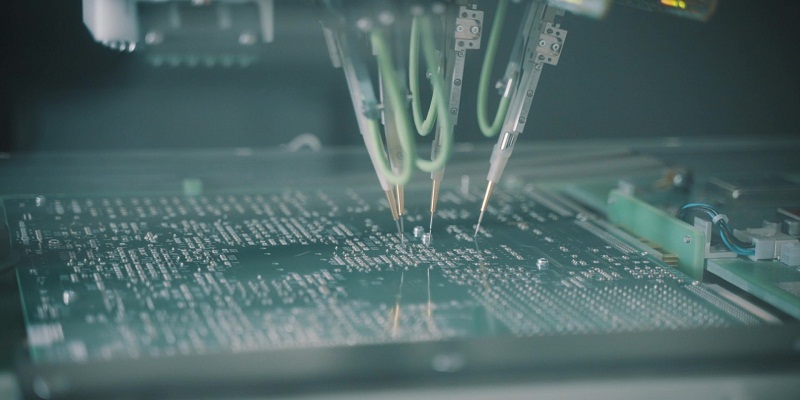Schedule a Call Back
Why must PCB manufacturers conduct environmental tests on products?
 Articles
Articles- Oct 19,22

Related Stories

Global Electronics Association Unveils Double Materiality Toolkit for CSRD Compliance
The Global Electronics Association has launched a DMA Toolkit to help electronics companies meet CSRD reporting demands with structured, sector-specific guidance.
Read more
4 Low-VOC Industrial Paints That Deliver High Performance in Tough Environments
Volatile organic compounds (VOCs) - contaminating air and water - can affect health. In this article, Emily Newton explores four high-performance, low-VOC industrial paint options that reduce harmfu..
Read more
Electronics Sector Targets USD 500 Bn Output by 2030
India’s electronics industry expects strong growth driven by FTAs and incentives.
Read moreRelated Products

Integrated Electric Gripper S Series
IBK Engineers Pvt Ltd offers a wide range of integrated electric gripper S series.

Geared Electric Motors
Delco Fans Pvt Ltd offers single phase capacitor run and three
phase geared Instrument motors, totally enclosed face/foot mounted.

“Kusam-Keco” Partial Discharge Acoustic Imager - Model - Km-pdai
‘Kusam-Meco’ has introduced a new “Partial Discharge Acoustic Imager Model KM-PDAI.















